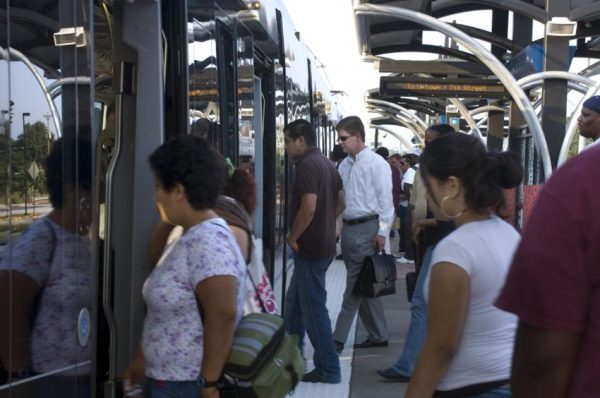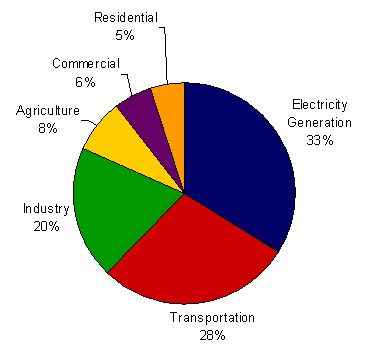Praise for transit, but incentives favor driving

When the Democratic National Convention finished its activities in Charlotte, from most reports visitors found Charlotte an exemplary host city. We saw comments such as “retail oriented,” “pedestrian-friendly,” even “lively.”
What a difference a couple of decades can make! Recall that in 1994, when Charlotte hosted the NCAA Final Four tournament, Tryon Street was so dead that temporary, faux nightclubs were installed in vacant buildings.
The DNC went so well there was even talk of Charlotte becoming the permanent home of the convention. (Don’t panic, I don’t think it was serious.) One positive highlight that set Charlotte apart from Tampa, which hosted the Republican National Convention, was our Lynx light rail system. Lynx ridership surged during the convention.
By providing this alternate mode of transportation, Charlotte used 150 fewer buses than Tampa and, I’m sure, significantly reduced traffic in and around uptown. An article in The Tampa Bay Times extolled the virtues of the light rail system, with Tampa visitors commenting that Charlotte was “light years ahead of Tampa.”
 There are many reasons public transit, such as a light rail system, is beneficial, even for those who through choice or accessibility don’t use it. They include: less congestion, easier and less stressful commutes, less road maintenance, fewer accidents and, of course, the significant environmental benefits of improved air quality and fewer greenhouse gas emissions. In this country, transportation is the No. 2 cause of greenhouse gas emissions. At 28 percent of the total, it trails only electricity generation. So it’s clear that reducing the number of miles Americans travel is one of the most important strategies for reducing emissions, and in so doing, helping slow down global climate change.
There are many reasons public transit, such as a light rail system, is beneficial, even for those who through choice or accessibility don’t use it. They include: less congestion, easier and less stressful commutes, less road maintenance, fewer accidents and, of course, the significant environmental benefits of improved air quality and fewer greenhouse gas emissions. In this country, transportation is the No. 2 cause of greenhouse gas emissions. At 28 percent of the total, it trails only electricity generation. So it’s clear that reducing the number of miles Americans travel is one of the most important strategies for reducing emissions, and in so doing, helping slow down global climate change.
Considering the many benefits, it makes sense to encourage more people to take public transit (such as Lynx, buses and vanpools in Charlotte) and to discourage individual commuting by car. Unfortunately, through federal tax laws and inaction on the part of U.S. House members, today we have just the opposite. Under IRS tax changes that went into effect at the start of 2012, those commuting by car to work every day can get more of a tax benefit for parking than those using public transit.
The Stimulus Act that passed in 2009 originally provided a pre-tax commuter benefit for both parking and public transit. Until the end of 2011, that benefit was $230 for either. The benefit allows employers to offer the tax-free subsidy to their employees. It’s a purely voluntary benefit offering on the part of an employer. When Congress extended the overall benefit at the beginning of this year, the transit benefit was cut to $125, while the parking benefit increased to $240. Sen. Charles Schumer, D-N.Y., recognized the disparity and introduced legislation in the Senate that would at least raise the transit benefit back up to match the parking benefit. It passed the Senate but stalled in the House. The disparity still exists.
Many groups are calling for parity between the two. I would go one step further and call for a larger tax benefit for using public transit and phasing out the parking benefit. I realize many people in the Charlotte region benefit from the parking benefit. But I also know Charlotte’s traffic is congested and our air quality is compromised primarily because of that traffic.
|
Related article |
The situation is the same across the country. Considering the need to address our air quality, as well as reduce greenhouse gas emissions, the last thing we should be doing is encouraging more vehicles on the road.
As the visitors to the DNC noted, we are fortunate in Charlotte to have the Lynx system. However, it’s just one leg of what should be a more comprehensive light rail system serving the whole region, and it’s just one part of a more comprehensive strategy that’s needed to address the multiple of issues related to transportation. There are certainly not enough viable public transit options in this area or around the country.
By creating more incentives to use public transit, we may be able to increase the demand for more options, and move more quickly toward putting in place solutions that will realize some of the many benefits we would see by reducing the number of automobile miles Americans are traveling.
Views expressed here are the author’s and not necessarily the views of the UNC Charlotte Urban Institute or the University of North Carolina at Charlotte.
Tracey Crowe is the clean energy ministerial secretariat for the U.S. Department of Energy. She can be reached at traceycrowe@gmail.com.
Tracey Crowe